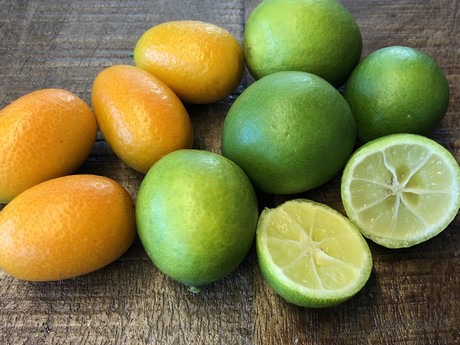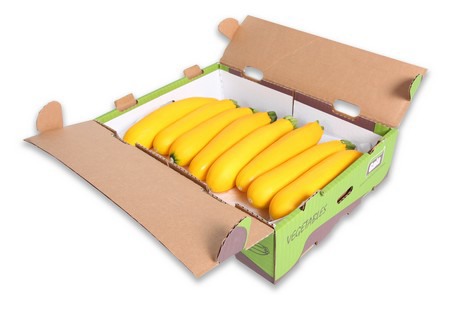Within the citrus category, the kumquat and limequat are in a separate class. The small citrus is invariably classed as exotic. That is partially thanks to the availability of the fruit. Production volumes are limited, but Patrick Stoffels of Gaia Herbs has the exotics in his range. He talks about the small citrus, but also about better known exotics such as figs.
“The season started about two months ago,” Patrick starts. The kumquats were available several weeks later than the limequats. The small citrus is slowly coming out of the shadows, and kumquat in particular is permanently on supermarket shelves in the month of December. “You can see people recognise the exotics more and more, and demand increases because of that,” he continues.

Small production
The small production is a limiting factor on the market. The Israeli Gaia Herbs has 55 hectares of kumquat and 12 hectares of limequat. Besides Israel, there aren’t actually any other production regions. “I know limequats are grown in Peru, but that production is in a difficult region.” Just the inland transport from the plantation to the airport can take up to a day and a half. “In that respect, Israel is unique with these products.”
Kumquats are available between October and March. The limequat season starts two months earlier, in August, and lasts until March. “From roughly December, the limequats are more yellow in colour, not everyone appreciates that,” Patrick explains. The European sales office of Gaia Herbs supplies the exotics and herbs that are a permanent part of the range to wholesalers throughout Europe. “In Germany, kumquats are more common, that already is a major market for this exotic.”

Figs and yellow courgettes
Volumes for figs are larger. When Turkey and Brazil leave the market, there’s room for Israeli figs. “When Brazil returns to the market, a lot of companies choose the Brazilian supply,” Patrick says. “Israel and Peru come second in that regard.” Brazil’s preferential position is thanks to the country’s long season. “The figs are available from November to late May.” The Israeli season lasts from September to January. He mentions that Israeli figs can be distinctive regarding flavour and quality.
Two years ago, the use of growth powder on Brazilian figs became prohibited. The powder wasn’t used in Israel, so that the exporters had a good market for one year. “The first year of the ban was positive, because a number of growers in Brazil had problems due to the ban,” Patrick remembers. “That advantage is gone now.”
A fourth exotic in Gaia Herbs’s range is the yellow courgette. Israel is the only country to takeover the season when Spain and the Netherlands leave the market. This year, they invested in five hectares of production in Tunisia. This means the Israelis have another competitor. “Those products will mostly be exported to Arabian countries,” Patrick expects. Because of the political situation, Israel has no access to Arabian countries.
patrick@gaiaherbs.nl
